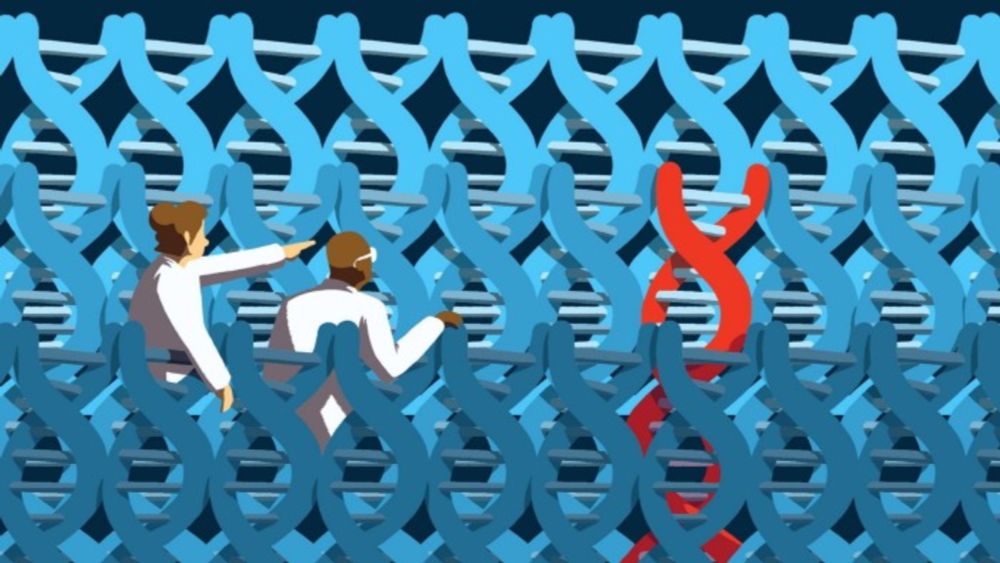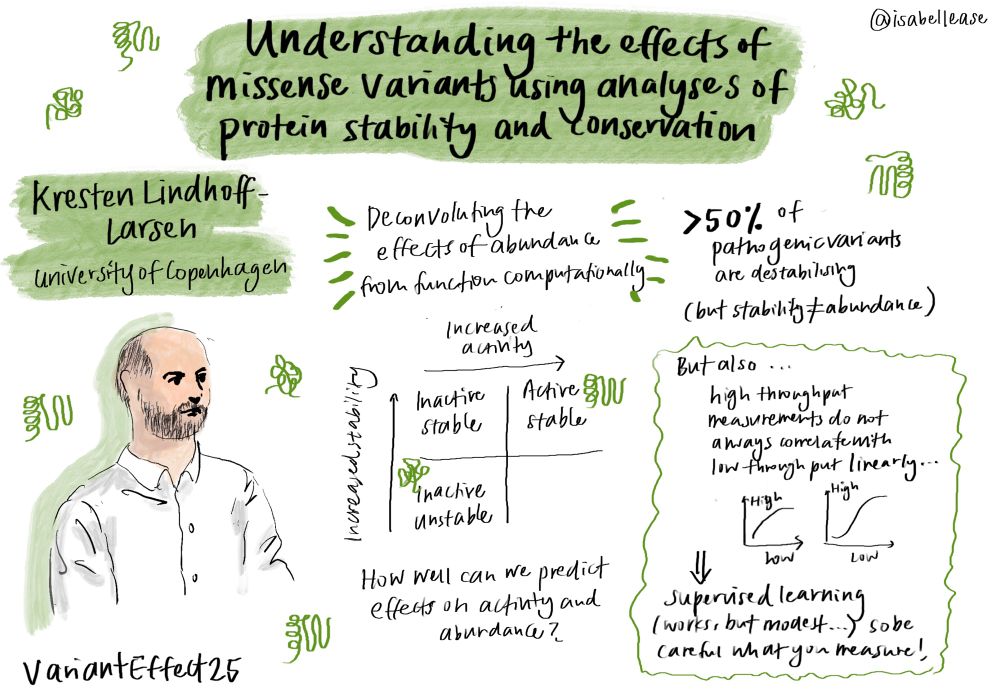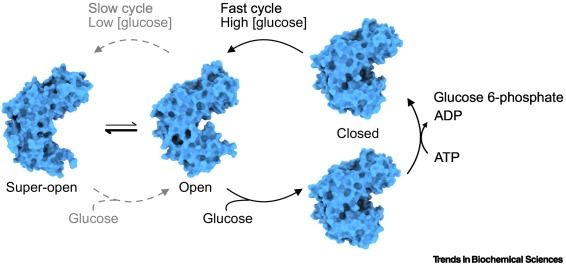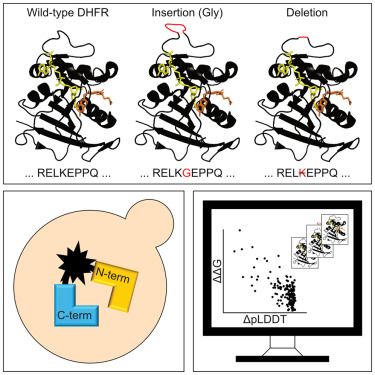Rasmus Hartmann-Petersen
@rhp-lab.bsky.social
380 followers
380 following
3 posts
Professor at the Linderstrøm-Lang Centre for Protein Science, University of Copenhagen.
Interests: Protein Quality Control, Genetics, Molecular Chaperones, Degrons.
Posts
Media
Videos
Starter Packs
Reposted by Rasmus Hartmann-Petersen
Reposted by Rasmus Hartmann-Petersen
Reposted by Rasmus Hartmann-Petersen
Reposted by Rasmus Hartmann-Petersen
Reposted by Rasmus Hartmann-Petersen
Eli Weinstein
@eliweinstein.bsky.social
· Jul 24

PhD scholarship in Machine Learning for Molecules - DTU Chemistry
Advance large scale data generation for chemical and biological AI in a 3 year PhD. Work on the frontier of active learning, and develop novel probabilistic machine learning techniques for experiment ...
efzu.fa.em2.oraclecloud.com
Reposted by Rasmus Hartmann-Petersen
Reposted by Rasmus Hartmann-Petersen
Reposted by Rasmus Hartmann-Petersen
Hemmo Meyer Lab
@hemmo-lab.bsky.social
· Apr 23
Reposted by Rasmus Hartmann-Petersen
Reposted by Rasmus Hartmann-Petersen
Reposted by Rasmus Hartmann-Petersen








